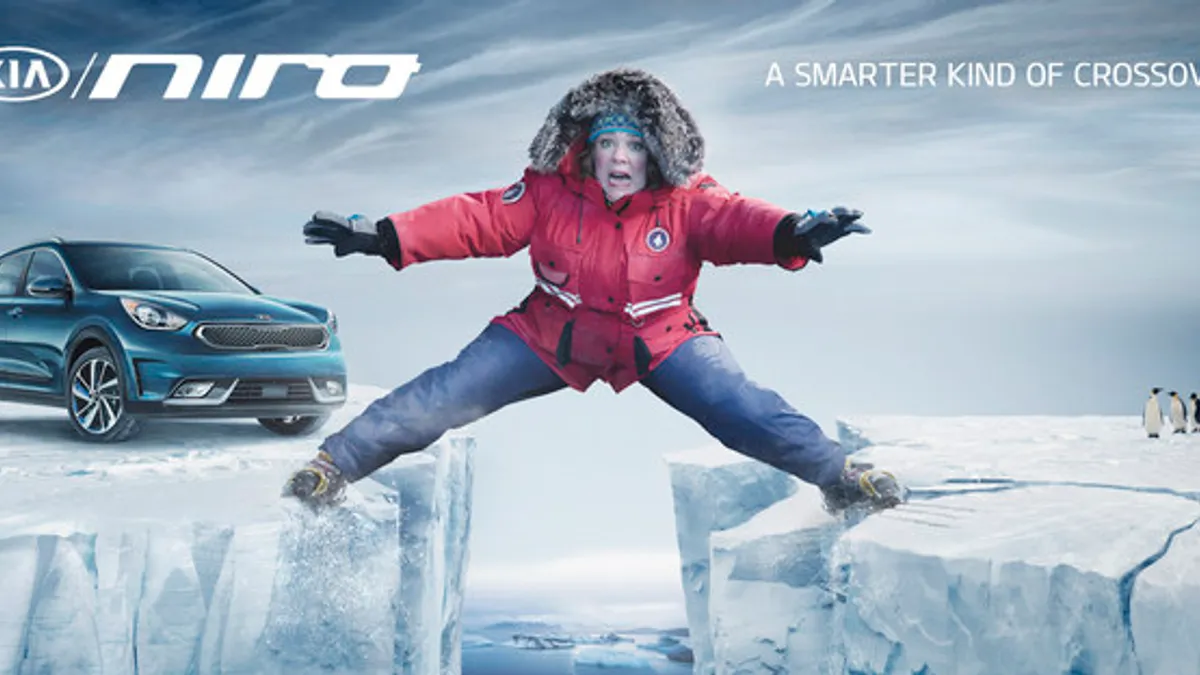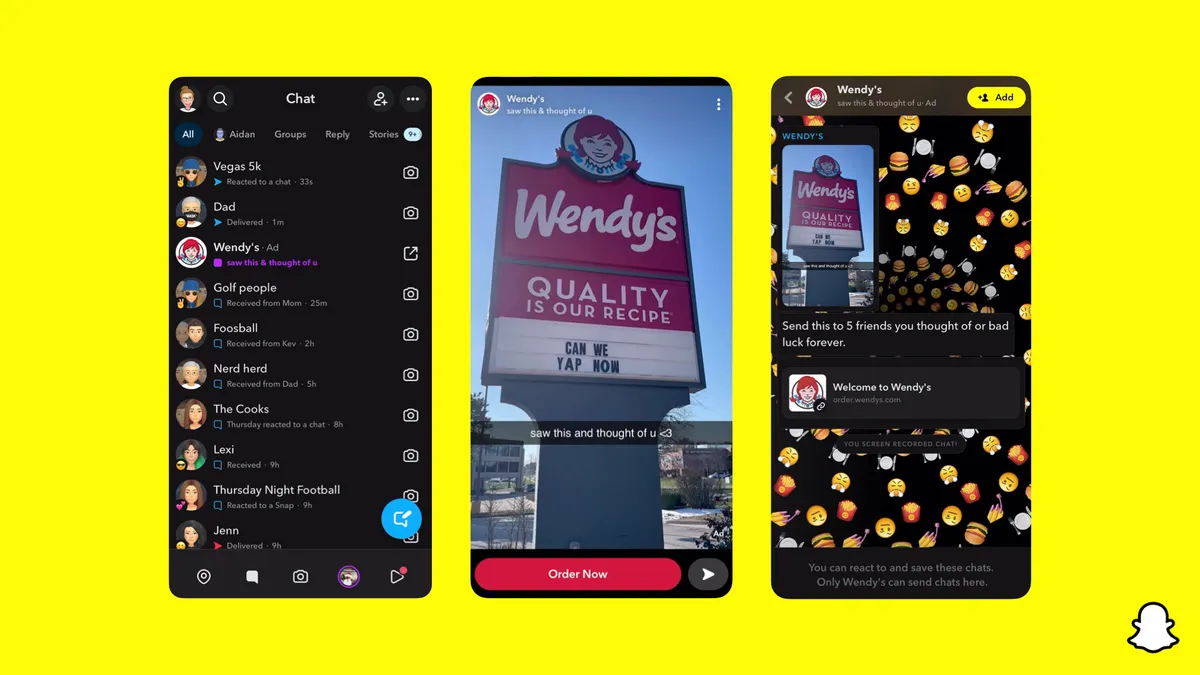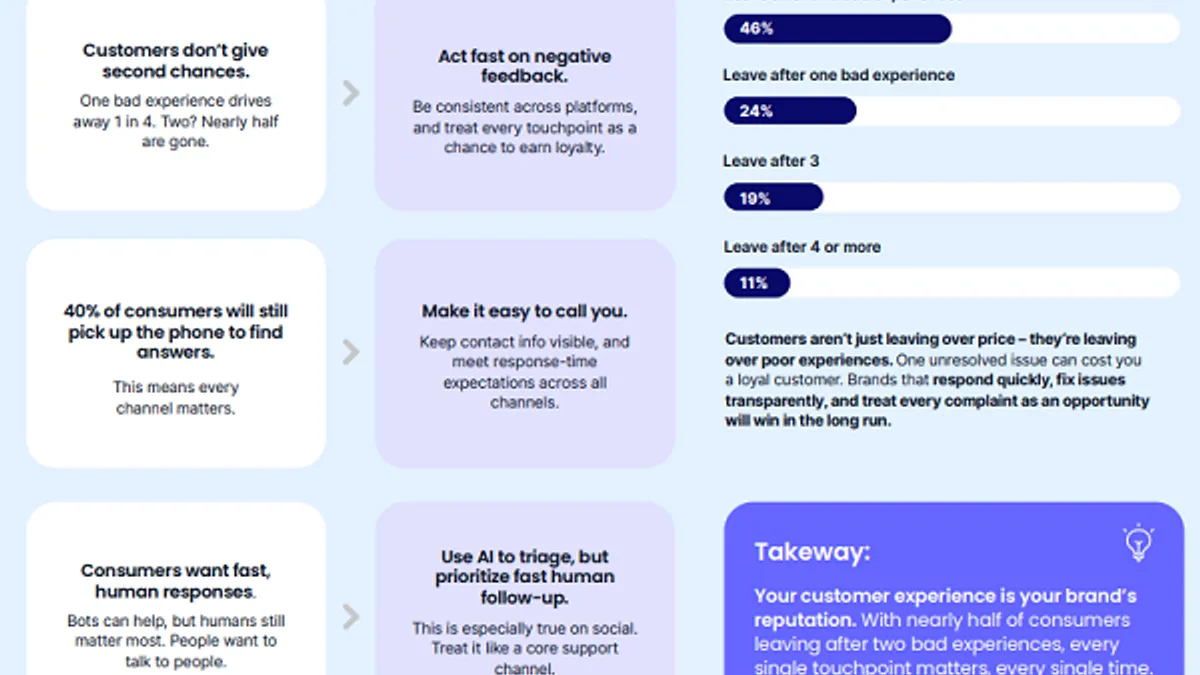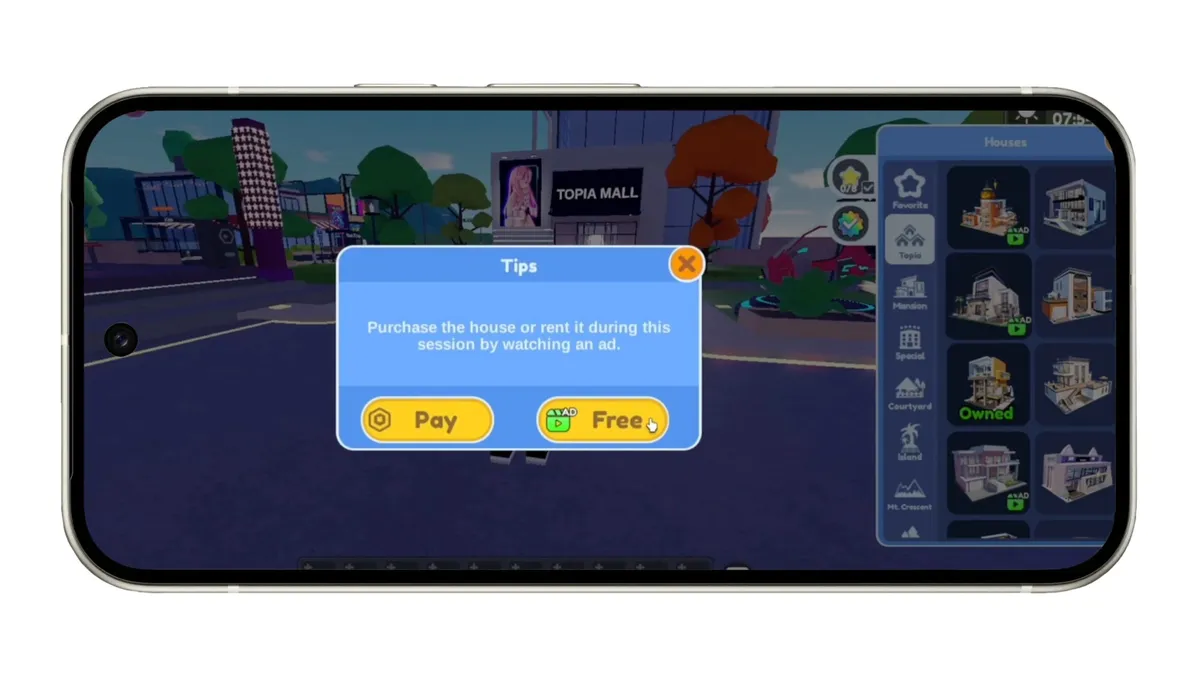In general, Super Bowl ads were more serious and politically-driven this year with a few exceptions like Kia’s eco-warrior ad featuring Melissa McCarthy that infused some levity into the evening. On the digital front, there were some winning examples of how brands are taking a more sophisticated approach to storytelling and real-time integrations.
While brands typically commit to the Super Bowl and start planning their strategy many months in advance, a few may have changed their plans on the fly in response to the dramatic change in the political climate in the past few months. Airbnb certainly worked last minute, buying an ad for a new initiative in support of refugees a week before the game, a response to Trump’s travel ban affecting seven mostly Muslim countries, according to CNBC.
The decline in football viewer numbers over the past few months was another overarching factor brands were paying close attention to. The trend held up on Sunday night, although viewership wasn’t down by much, with Nielsen reporting that the game was watched by 111.3 million viewers on Fox and streamed by 1.72 million. Those streaming the game were treated to some local ads. With viewership drops, some brands may reconsider dropping in excess of $5 million per spot for next year’s game.
Here, in no particular order, are eight lessons from the Super Bowl that digital marketers can put to use over the coming months.
1.) In divided times, brands get boldly, resonantly political
Airbnb’s spot came through most clearly here, championing inclusion in an ostensible response to President Donald Trump’s executive order banning immigrants from seven majority-Muslim countries from entering the U.S.
Though hashtags appeared in just 30% of Super Bowl LI ads, per Marketing Land, Airbnb’s #WeAccept struck a chord, and the company announced it will provide short-term housing to 100,000 refugees, disaster survivors and relief workers over the next five years.
Coca-Cola showed that it’s not a bad idea to recycle old creative for timeliness' sake, running the same spot it did in 2014, where a diverse chorus joins in singing “America the Beautiful” in different languages. Some viewers took umbrage with the message, however, with the hashtag #BoycottCoke picking up traction.
Newcomer 84 Lumber also crafted a divisive immigrant’s tale, which cut off early for content “deemed too controversial for TV,” according to the brand. Viewers were encouraged to complete the story at journey84.com, which unfortunately crashed during the game, highlighting the pitfalls of digital extensions when brands don’t pay enough attention to online performance.
Both Airbnb's and 84 Lumber's efforts could have been better with more planning, but by moving quickly on a hot-button topic, they grabbed the spotlight. Now, it's on the brands' marketers to follow through and build from here.
2.) Counter-programming does little to take off edge
Given how straight-faced many of this year’s ads were, those that leaned lighter in tone stood out even more. Kia got a positive response with the McCarthy-starring spot centered on the actress’ bungling attempts at environmental activism. McCarthy had also just come off a standout performance imitating White House Press Secretary Sean Spicer on Saturday Night Live, earning her extra kudos.
Other marketing efforts that aimed for funny seemed off.
Bud Light resurrected ‘80s mascot Spuds McKenzie in an ad that had a dead dog pressuring a man to drink more beer lest he lose his friends. On Twitter, publications and fans weren't especially impressed.
I don't need a dead dog to tell me my friends are out having fun without me. Snapchat tells me that every day. #SuperBowl
— Adweek (@Adweek) February 6, 2017
3.) Crosstalk
Brands leveraging Twitter to comment on other advertisers' work lost some prominence compared with previous games, but when done well — P&G was a standout this year — it still works.
Marketers displayed a deeper understanding of how to leverage social media's immediacy and how to integrate it with efforts on other channels. P&G had a coordinated effort across its Mr. Clean, Febreze and Tide brands, with each calling out the others via comments about their TV ads and tweets.
The social media presence for Mr. Clean extended the brand's efforts to reinvent its brand mascot as a helpful yet sexy guy. In one example, the @RealMrClean account tweeted at Kings Hawaiian wondering if people shouting "nice buns" at him were referring to the brand's ad.
.@KingsHawaiian, people keep shouting “nice buns” at me. I assume they’re talking about your ad? #MrClean #SB51
— Mr. Clean (@RealMrClean) February 6, 2017
4.) Technology fumbles
Brands like Ford, Intel, H&R Block and others couldn't resist the opportunity of getting in front of one of the most-viewed TV events of the year to plug their high-stakes, consumer-driven digital services.
Though the spots were fairly straightforward, widespread reports that Google's ads for its digital assistant and Home smart speakers actually caused the devices in some homes to go haywire exemplified the risks of talking up technology prowess in front of a large audience. In the aftermath of Google's fumble, some consumers may think twice about buying a Home device.
5.) Cleaning up
P&G had another winner with Terry Bradshaw's "Stain," a campaign that showcased great storytelling and made social media part of the story. In the TV ad, it initially looked like the game had started, with commentator Bradshaw sitting down after a break when he realizes he has a big stain on his shirt and is almost immediately informed that he is "trending."
Social media's response to the stain is featured in the ad as he takes off to try to get rid of it, a clever way to drive viewers to Twitter, where @BradshawStain comments on the happenings from the point of view of a stain. The Twitter account was active only for the day of the game and now features the notice: "R.I.P. Tide got rid of me."
6.) Digital playbook
T-Mobile got some help from celebrity Justin Bieber to push its unlimited data plan in a campaign that stands out for an extensive integration across digital and for Bieber's return to Instagram after nearly half a year.
Merkle named T-Mobile the winner in its evaluation of Super Bowl advertisers' digital marketing efforts, stating that Bieber's request of viewers to upload videos of their dance moves was the only example of a brand leveraging user-generated content during the game.
The brand also took advantage of display ads, social ads and paid search, with in-stream and discovery ads appearing on YouTube. These efforts helped T-Mobile become the second-most mentioned advertiser on Twitter, according to the platform's own measurement of Super Bowl-related activity on Feb. 5.
7.) Twitter is still big for 'live'
Despite the overall dip in hashtag use, Twitter showed that it’s still a second-screen buzz generator. This year, Super Bowl viewers sent out more than 27.6 million tweets related to hashtag #SB51 alone, according to the company, with brands like Pepsi, T-Mobile and Avocados from Mexico earning the most chatter.
That’s not to say other platforms were radio silent: On Instagram and Facebook, fans reacted in droves to Audi’s "Daughter" spot, which became the most talked about TV commercial in addressing the gender wage gap. Ninety percent of Facebook interactions also took place on mobile, according to the company, reinforcing the importance of marketers optimizing for small screens.
Relative newcomer Snapchat also had a strong ad push, with brands like Pepsi, Verizon and Amazon betting big on Sponsored Lenses and Stories spots. While the creative wasn’t particularly inspiring — Gatorade basically ran the same Lenses as last year — the platform will likely turn up strong numbers if the past serves as any indication.
8.) ...but brands are still hashing ‘live’ out
One of the more hyped ads for this year’s game was Snickers' live broadcast spot, which claimed to a be a first-ever for the Super Bowl. Ad Age pointed out that this isn’t really the case, but that didn’t stop fans from turning on social platforms to see what all the buzz was about.
Some of that hype was tempered as the ad promised to air right after halftime but then left viewers in the equivalent of a digital waiting room for several minutes after Lady Gaga’s performance wrapped. The disconnect highlighted the difficulty in coordinating live on social with live on TV, though some thought the ad itself made up for it.
Heard the @snickers commercial was going to be shot live / aired live during #sb51. High hopes. Not disappointed. I LOLed. #hashtagbowl
— Marketing Land (@Marketingland) February 6, 2017






















